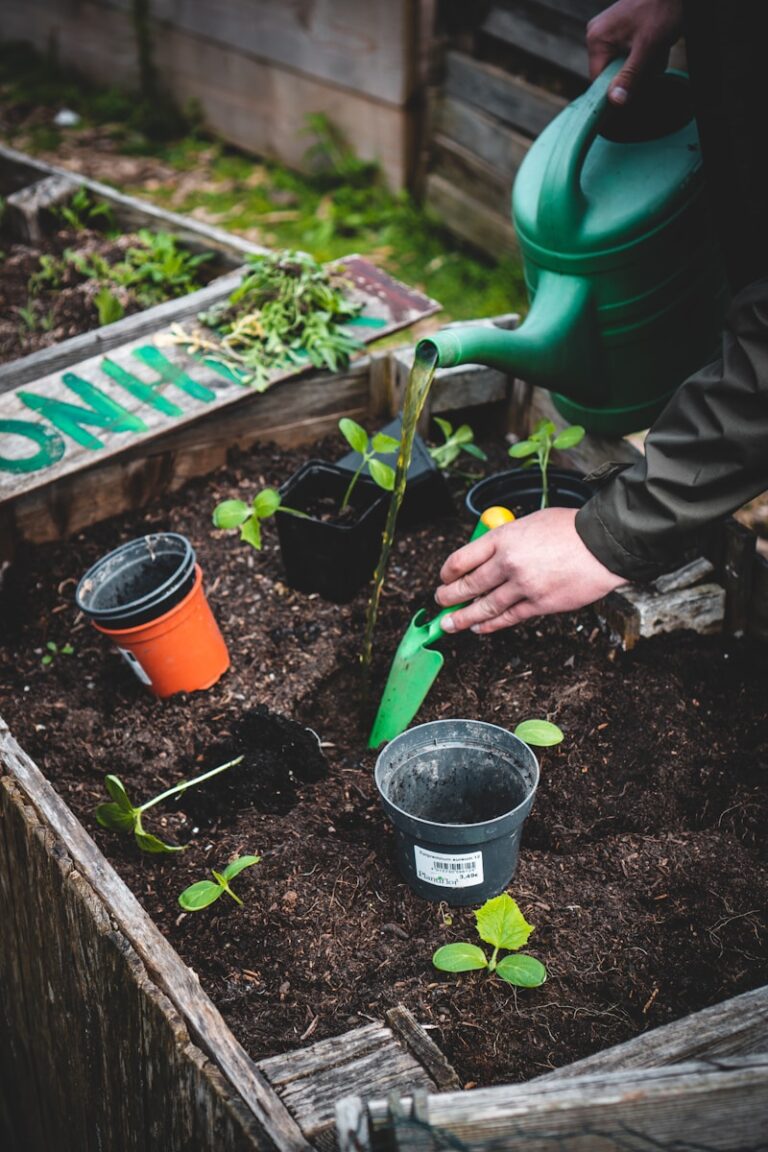How to Create a Vertical Garden Wall for Small Spaces: Easy Tips for a Green Touch Indoors
If you have limited outdoor space but still want to enjoy greenery, a vertical garden wall can be a great solution. It allows you to grow plants upward instead of outward, making the most of small areas like balconies, patios, or indoor walls.
Creating a vertical garden wall is an easy and efficient way to add natural beauty and fresh plants to your space without needing a large yard. With the right setup, you can transform even the smallest spot into a lively, green retreat.
Choose a sturdy wall or fence with good sunlight exposure
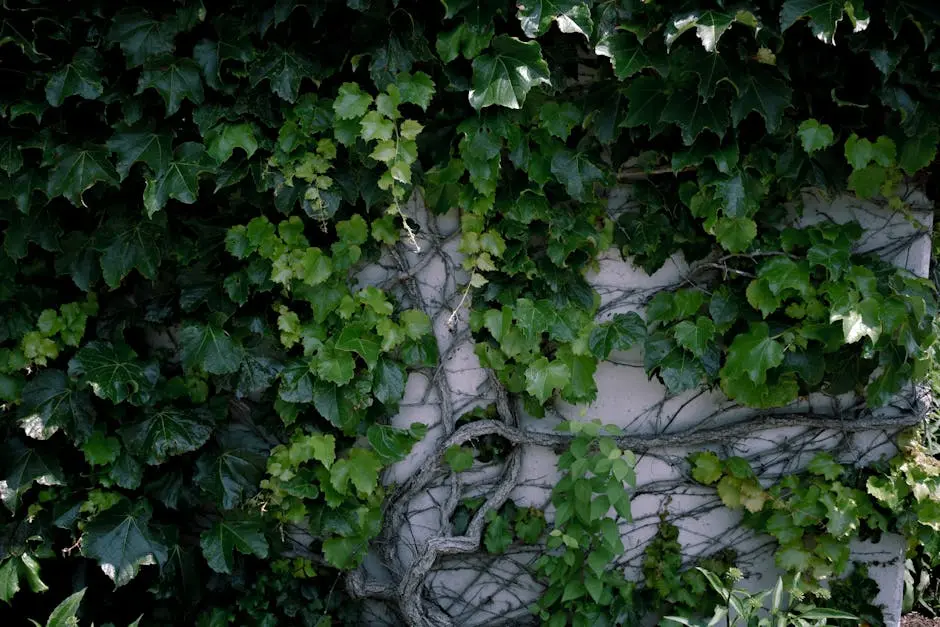
Pick a wall or fence that is strong enough to hold the weight of your plants and containers. This will keep your vertical garden safe and secure, even during windy or rainy days.
Make sure the spot gets enough sunlight for the types of plants you want to grow. South or west-facing walls usually receive more light, which is ideal for most plants.
Avoid walls that stay damp or have poor air circulation. These conditions can lead to mold or plant health issues, so choose a dry, well-ventilated location whenever possible.
Select lightweight containers like pocket planters or recycled bottles
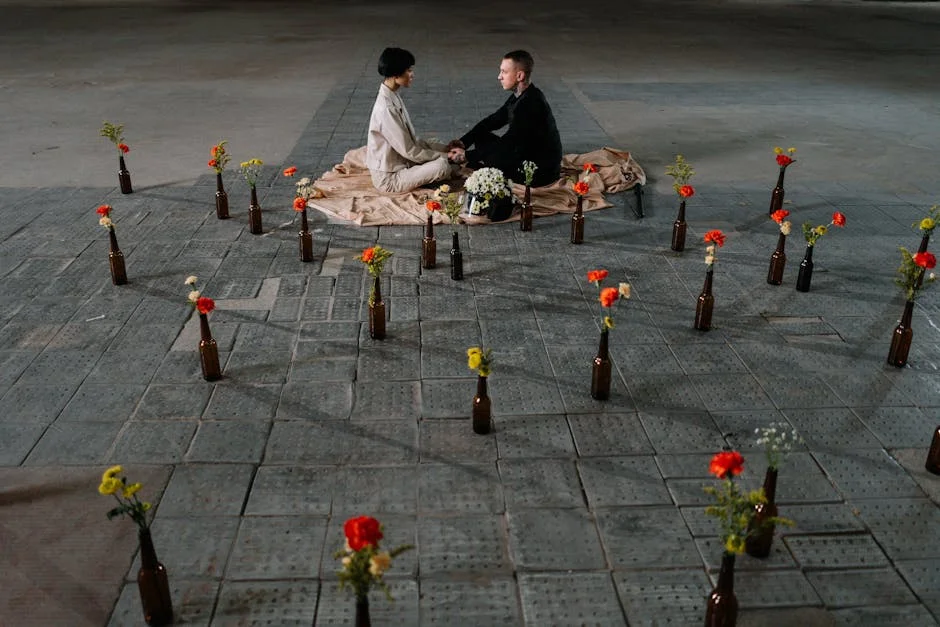
Choose containers that won’t put too much weight on your wall. Pocket planters made from fabric are light and easy to hang, making them perfect for small spaces. They also provide enough room for herbs and small plants.
Recycled plastic bottles are another great option. You can cut them and add drainage holes to create simple planters that save space. Plus, using recycled materials is budget-friendly and eco-conscious.
Both options allow you to build a vertical garden without worrying about heavy pots or complex mounting. They help you maximize your space simply and sustainably.
Use a trellis or grid frame to support climbing plants
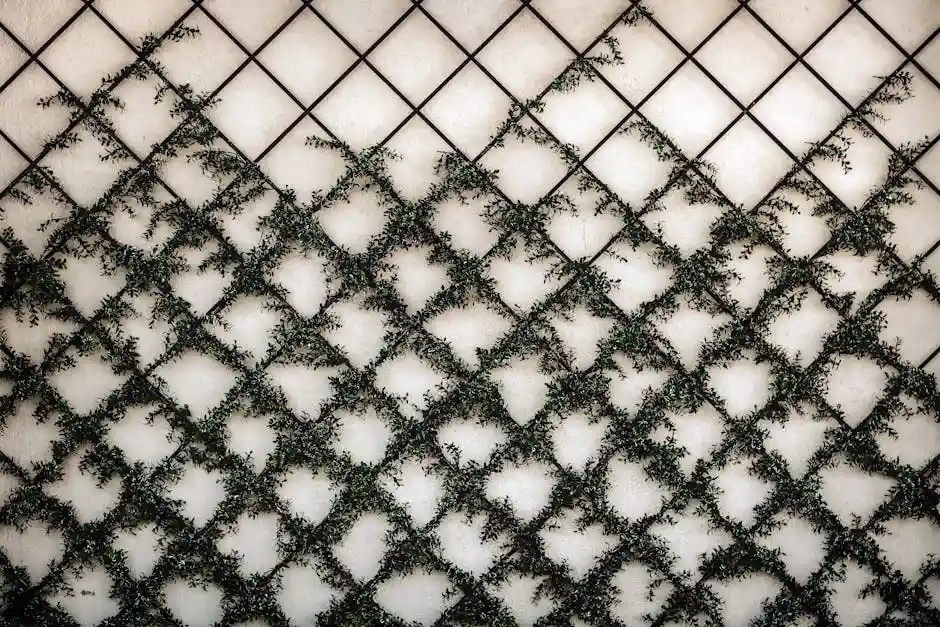
A trellis or grid frame gives your climbing plants the support they need to grow upwards. This helps you use vertical space, which is perfect for small gardens or balconies.
You can choose from simple wooden frames, metal grids, or even repurposed materials like old ladders or pallets. These structures keep plants off the ground, improving air circulation and reducing pest problems.
As your plants climb, the trellis also adds a lovely visual element to your garden wall. It’s a practical and attractive way to create a green space, even in tight spots.
Opt for drought-tolerant plants like succulents and herbs
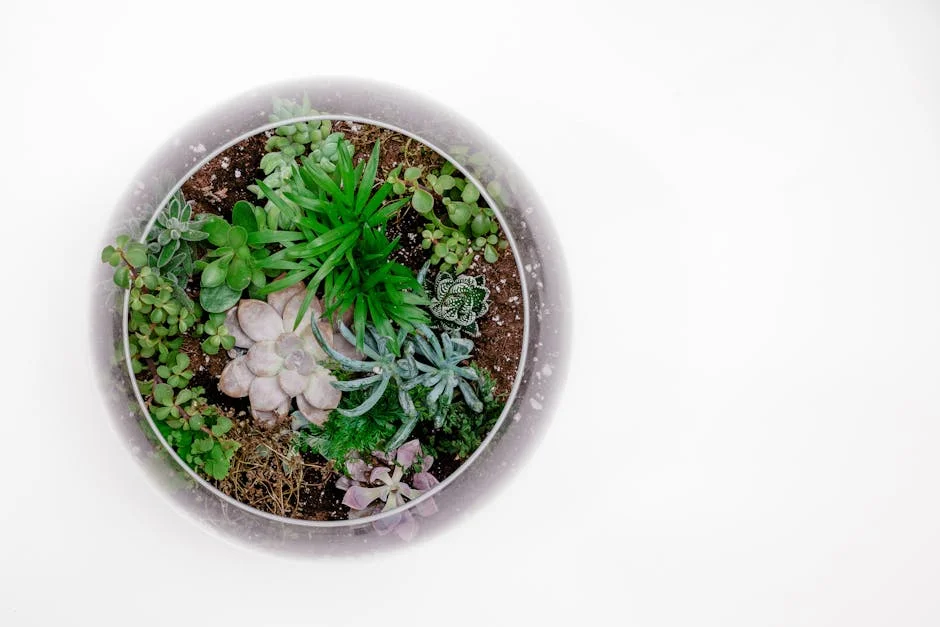
Choosing drought-tolerant plants is a smart move for vertical garden walls, especially in small spaces. Succulents store water in their leaves, making them low-maintenance and perfect for dry conditions.
You can also include herbs like rosemary or thyme. These herbs are hardy, need less water, and add fragrance to your garden wall.
These plants thrive with minimal care and fit well in container arrangements. Their compact size and variety of shapes add visual interest without crowding your space.
Install a drip irrigation system for easy watering

You can make watering your vertical garden wall much simpler by installing a drip irrigation system. These systems deliver water directly to each plant, reducing waste and ensuring consistent moisture.
Start by connecting the system to your water source. Use a filter and pressure regulator to protect your plants and keep the system running smoothly.
Lay out the main tubing along your garden wall. Then attach emitters near each plant for precise watering. This setup saves you time and helps your plants thrive.
Layer planting pockets for a lush, dense look

Start by arranging planting pockets in layers to create depth and fullness on your vertical garden wall. Place taller plants in the upper pockets to add structure and draw the eye upward.
Use medium-sized plants in the middle pockets to fill in space and add volume. Then, choose trailing or low-growing plants for the bottom pockets to soften edges and create a natural flow.
Mix different textures and leaf shapes to keep the garden interesting and lively. This layering technique helps your vertical garden feel lush, even in a small space.
Incorporate colorful flowers like petunias or marigolds
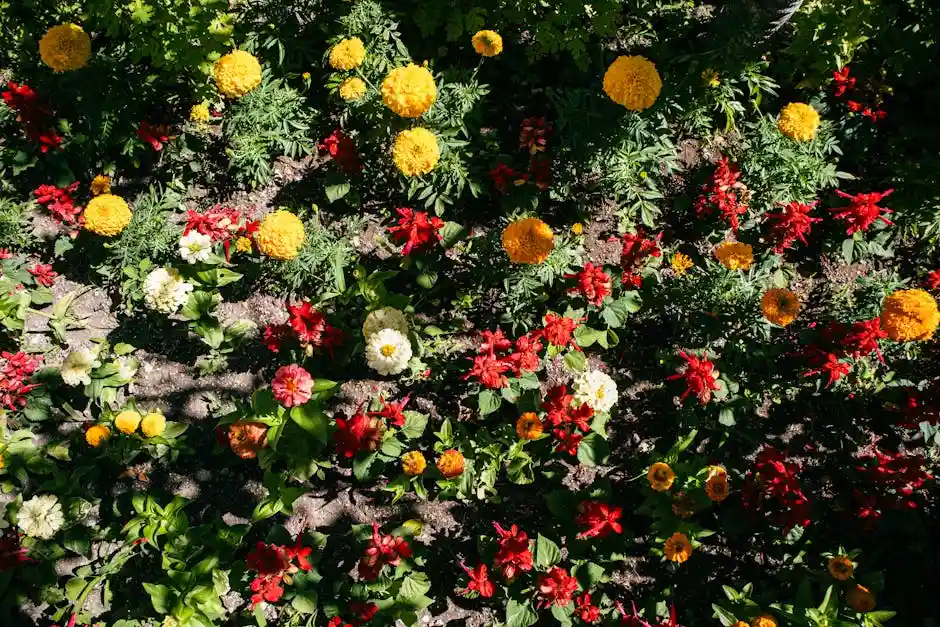
Adding petunias or marigolds to your vertical garden wall brings vibrant color and lively energy. These flowers are compact and grow well in small spaces, making them perfect for vertical setups.
Petunias offer trailing habits that create a soft, cascading effect. Marigolds, on the other hand, add bright, cheerful tones and are easy to care for.
You can mix both for a varied look. Their colors contrast nicely and keep your garden visually interesting throughout the season.
Use vertical pallet planters for an easy DIY option

You can create a vertical garden wall quickly by repurposing a wooden pallet. It’s an affordable way to add greenery to small spaces like balconies or patios.
Simply lean the pallet against a wall or secure it for stability. Adding landscaping fabric to the back helps hold soil and plants securely.
Choose herbs, succulents, or small flowers to fill the gaps. Painting the pallet before planting can personalize your garden and make it more visually appealing. This option requires minimal tools and effort, making it perfect for beginners.
Add aromatic herbs like basil and mint for kitchen access
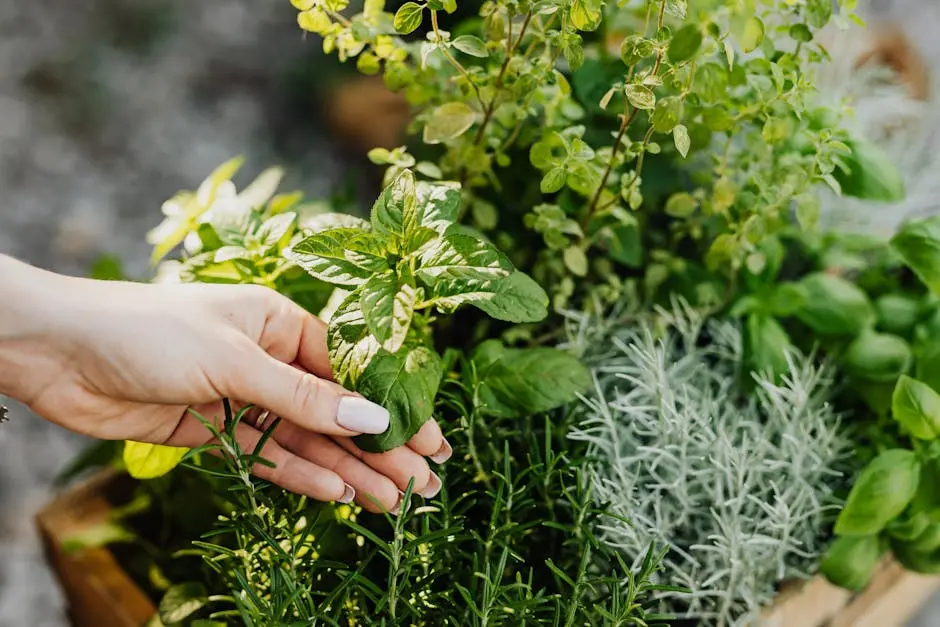
Adding aromatic herbs like basil and mint to your vertical garden wall keeps fresh flavors within easy reach. These herbs do well in small spaces and can thrive with minimal care when placed in a sunny spot.
You can snip leaves directly from your garden while cooking, enhancing your meals with natural freshness. Plus, having herbs nearby makes it simple to remember watering and care routines.
Basil and mint also add pleasant scents to your kitchen, making the space feel lively and inviting. Including these herbs in your garden wall is a practical and enjoyable way to bring your cooking ingredients closer.
Secure plants with garden netting or wire mesh
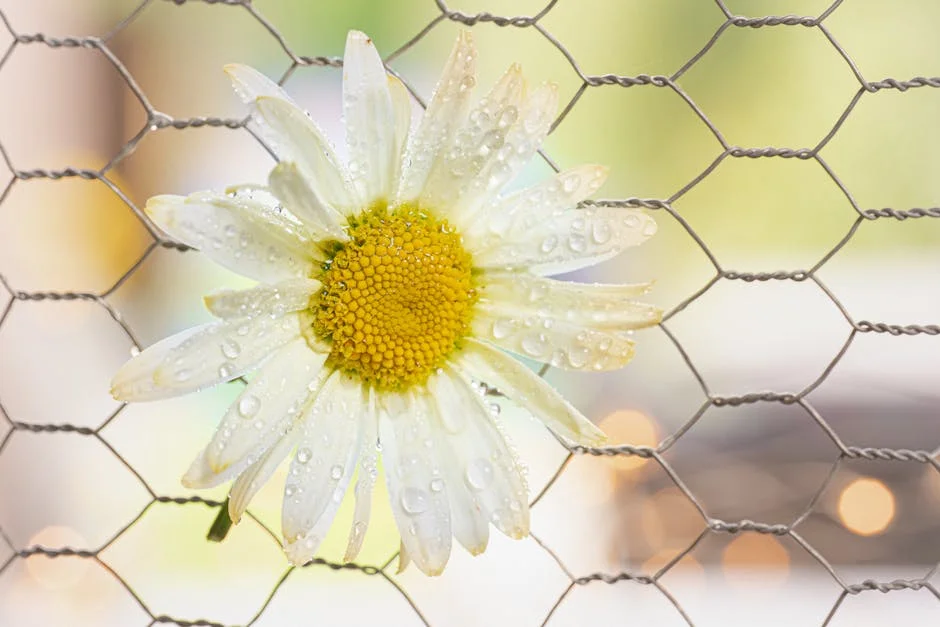
You can protect your vertical garden plants by adding garden netting or wire mesh. This helps keep pests away without blocking sunlight or air circulation.
Choose a lightweight mesh or netting that fits your frame and plants. Attach it securely to the structure using clips or ties so it stays in place during windy days.
Wire mesh works well if you want extra support for climbing plants. It also keeps animals from damaging your plants.
Regularly check the netting or mesh for any holes or loose spots to maintain good protection. This simple step will help your vertical garden thrive.


